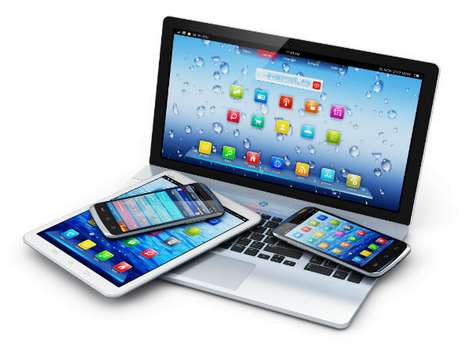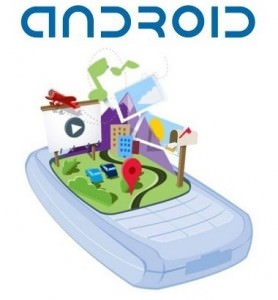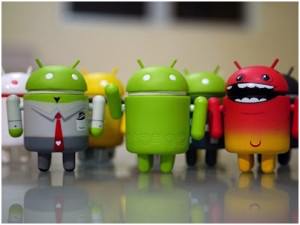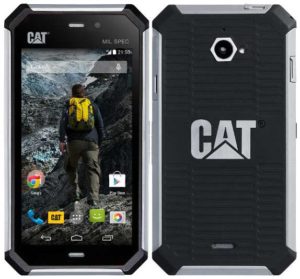Smartphones: The Only Computers We Need?

Microsoft was the first major tech company to launch a smartphone that could function as a desktop computer back in 2015. Through a technology called “Continuum”, Microsoft made its Lumia phones capable of offering a desktop-like experience when connected to a big screen. The idea was revolutionary in turning Windows into a cross-platform operating system and unifying the app ecosystem for the two device types. Unfortunately, due to the low interest in Windows 10-powered smartphones, the idea – as well as Microsoft’s mobile dreams – was forgotten. Or so it seemed.
French startup Miraxess recognized the value of the idea and started building the Mirabook, a laptop shell that would allow using a Continuum-capable smartphone as a processing unit. In the meantime, Samsung has also released its own Continuum-like desktop adapter called the “DeX”, giving its users the possibility to work, browse the web, play popular casino games and do pretty much everything they usually do on their home computers on their Galaxy S8/Note 8 phones. Miraxess’ Mirabook soon added support for Samsung’s 2017 flagship models, and pretty much any other smartphone with DisplayPort over USB C, plus the Raspberry Pi and various computer sticks.
If this is still a bit too specific for you, take a look at Sentio’s Superbook. It functions in a way similar to the above-mentioned Mirabook but it’s a bit less restrictive: it works with pretty much any Android smartphone with at least 1.5GB of RAM and support for USB-OTG running Android 5.0 or above. With the free Sentio Desktop App for Android, the smartphone will have a user interface similar to Chrome OS, including multi-window functionality, a full web browser, notifications, and more.
And the latest development is Huawei’s Mate 10 Pro that comes with a built-in “PC Mode”. All you need to do is connect the phone to a large screen, switch to PC mode, and start working. You will need an external keyboard and a mouse, preferably a Bluetooth-powered wireless kit, and you’re good to go.
Smartphones have already taken over many of the usual everyday tasks in our lives – we use them as media players and news readers, we use them to seek information online, to shop, to make payments, and to keep in touch with others. Their inherent limitations – their small screens and lack of a usable keyboard (have you ever tried to write more than a few lines of text on a smartphone?) – made them unfit for work. But with these new technologies and devices, they can easily be turned into a desktop or laptop computer. And most of the times, these solutions cost much less than a laptop or a PC: the Mirabook costs $249 (plus shipping) on IndieGoGo, the Superbook can be pre-ordered for $129 ($189 for the premium model), and to use the Mate 10 Pro as a PC, you’ll only need a cheap cable. Under these conditions, we can safely say that smartphones will pretty soon be the only computers we need.






